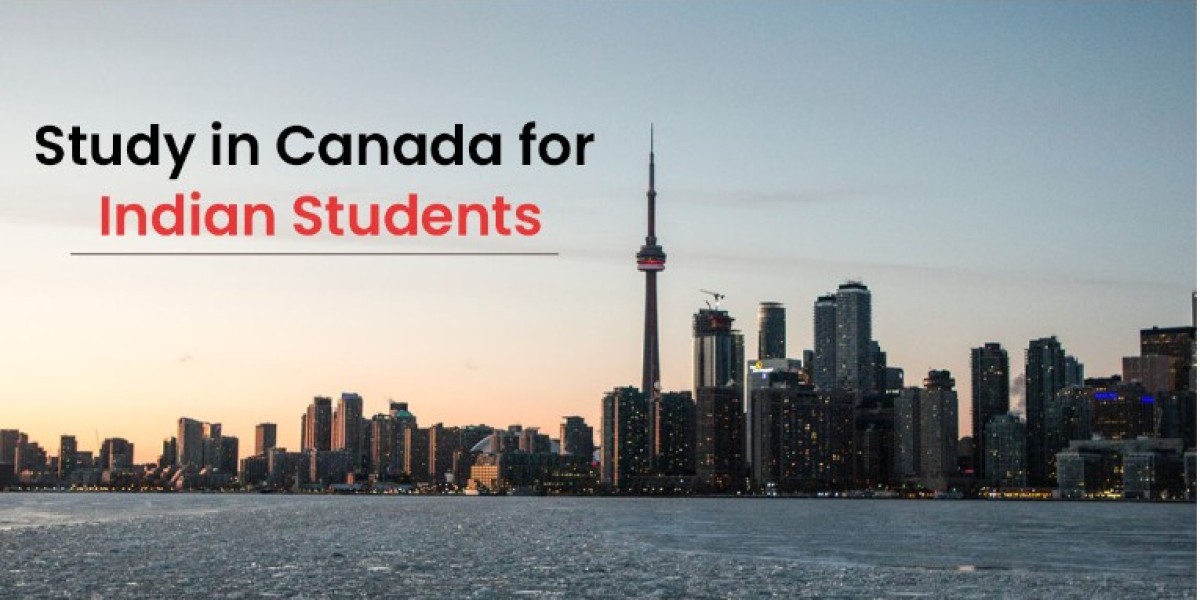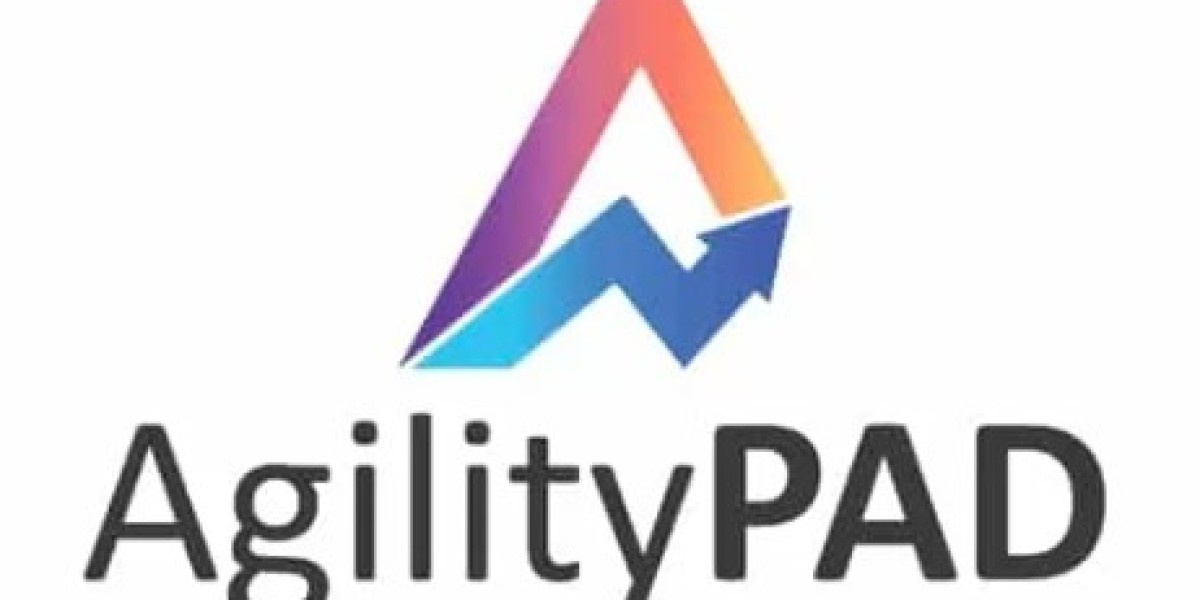For those ready to take the leap, understanding the visa process is a crucial step. If you're planning to study in Canada for Indian students, securing a Canadian student visa (Study Permit) is your gateway to achieving that dream.
Before diving into the application, many students begin their research by asking why study in Canada. The reasons are plenty: globally recognized degrees, co-op programs that offer work experience, and a friendly, inclusive atmosphere that makes Indian students feel right at home.
Step-by-Step Guide to Applying for a Canadian Student Visa
1. Get an Acceptance Letter from a DLI
To start the process, you must first receive an acceptance letter from a Designated Learning Institution (DLI) in Canada. DLIs are government-approved colleges or universities authorized to host international students.
2. Gather Required Documents
Once accepted, you'll need to gather several key documents:
Valid passport
Proof of acceptance (from your DLI)
Proof of funds to cover tuition, living expenses, and return transportation
Passport-sized photographs
Statement of purpose (SOP)
Medical examination results (if required)
3. Apply Online via the IRCC Website
You can apply online through the official Immigration, Refugees and Citizenship Canada (IRCC) website. You'll be asked to create an account, fill out personal details, upload documents, and pay the visa fee.
During this stage, ensure your financial documents clearly show your ability to manage the cost of study in Canada. This is one of the most common reasons for student visa refusals.
SDS vs Non-SDS Visa Stream
Indian students are eligible for the Student Direct Stream (SDS), which provides faster visa processing. To qualify:
You must be accepted at a DLI
Pay the first-year tuition fee upfront
Obtain a Guaranteed Investment Certificate (GIC) of CAD 10,000
Take a medical exam (if required)
Score at least 6.0 in each IELTS band
The SDS pathway is preferred by most Indian students due to quicker turnaround times, often within 20 calendar days.
Meanwhile, those who don’t meet SDS requirements must apply through the Non-SDS stream, which may take longer and require additional documentation.
For students exploring broader study abroad options, Canada's streamlined visa system makes it one of the most accessible and student-friendly destinations.
Post-Visa Steps and Arrival
Once your visa is approved, prepare to travel by arranging accommodation, insurance, and airport pickup services if necessary. Many top universities in Canada offer orientation programs and student support services to ease your transition.
After arriving, you’ll receive a study permit at the Canadian port of entry. Keep your visa approval letter, passport, and acceptance documents handy when you land.
Also, familiarize yourself with part-time work rules and job opportunities in Canada available to international students. You may work up to 20 hours per week during academic sessions and full-time during breaks, giving you a chance to gain Canadian work experience.
Many students also apply for a scholarship for Indian students in Canada to further reduce their financial load while studying.
Final Thoughts
Applying for a Canadian student visa might seem complex, but with careful planning and guidance, it becomes a manageable and exciting step toward your future. The key is to start early, stay organized, and be thorough with your documentation.
If you're feeling overwhelmed or uncertain at any step of the way, consider connecting with expert overseas education consultants. They can walk you through the entire visa application, offer personalized advice, and help ensure your Canadian education journey begins smoothly.









